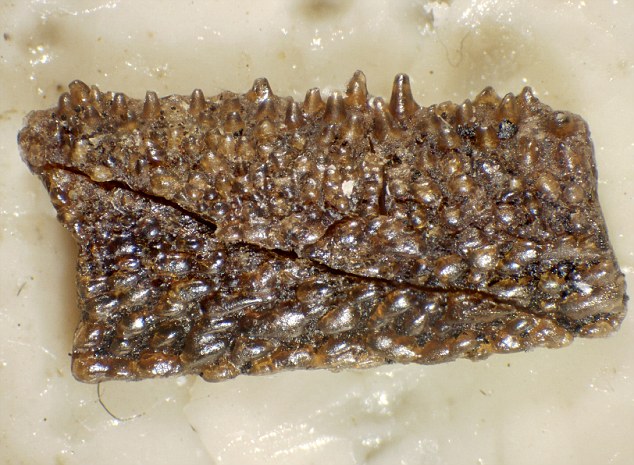A Study on Fossilized Plant
The evolution of plants has resulted in a wide variety of changes on planet Earth. From the atmosphere to ecological or even climate change, every transformative change that has happened on Earth.
GMI– the Gregor Mendel Institute of Molecular Plant Biology of the Austrian Academy of Sciences, University of Oxford, University of Edinburgh led research on fossils. The new study of the 400-million-old plant fossil revealed how the earliest roots developed.
The team of researchers realized the first 3-D construction of a Devonian plant based exclusively on fossil evidence. Devonian era is an imminent time that marks the time for the development of life on Earth and the growth of plants into thick forests. The research journal has been published in eLife. The computerized version of the fossilized plant is named ‘Asteroxylon Mackiei’. The plant reveals the clues on how the modern plants emerged.
Alexander Hetherington, a plant scientist at the University of Edinburgh said ‘One of the major questions in plant evolution is how you go from very early land plants that don’t have any complex organs such as leaves and roots. How then do roots evolve? This plant ( Asteroxylon Mackiei) develops leaves and has a highly branched rooting system. But it was unclear how closely this rooting system resembles the true roots we see in living plants today’
Know More About The Research
According to scientists, the evolution of rooted plants helped in reducing Carbon Dioxide from the atmosphere. As a result, it provided stability to the soil and dramatically altered the water circulation on terrestrial surfaces.
The fossil- Asteroxylon Mackie was dug up in 1964. It was preserved in a famous geological site near the village of Rhynie in Scotland. The Rhynie chert has preserved fossils of a community of plants. It includes fungi, lichen, and animals that existed more than 410 million years ago. The fossil- Asteroxylon Mackie was dug up in 1964. It was preserved in a famous geological site near the village of Rhynie in Scotland. The Rhynie chert has preserved fossils of a community of plants. It includes fungi, lichen, and animals that existed more than 410 million years ago. The researchers used 3-D digital techniques to slice, scan, and reconstruct the image of the fossil. It was observed that Asteroxylon Mackie did not form roots as modern plants do.
Matt, the artist who created the impression of the fossilized plant shared it on Twitter. He tried to recreate the plant as it was when they were alive. In his post, he wrote ‘ For #FossilFriday here’s a closer look at my reconstruction of Asteroxylon Mackiei. I love plant reconstructions, and A. Mackiei was so much fun to build’
The study was published on 24th August on life. This research will be key in understanding and answering many questions about the evolution of life on Earth.


